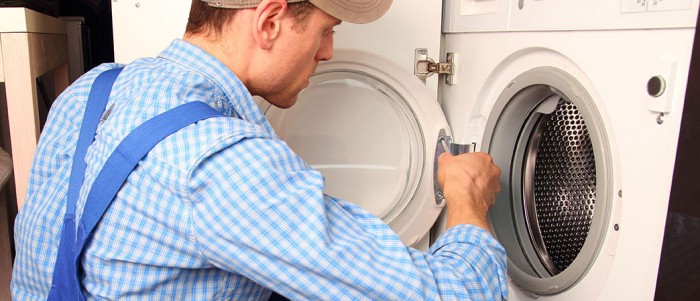The average person, and unfortunately many law firms, does not appreciate the role that inadequately designed and or constructed products play in causing or contributing to unnecessary injury or death to consumers and users of products. Most people think of a defective product as being one that fails to perform as intended by the maker. However, a product can also be defective if the designer and/or manufacturer fail to set adequate standards for the product’s performance as relates to its potential to cause unnecessary injury or death when used in a foreseeable manner.
Making automobiles, aircraft and other vehicles reasonably safe in the event of crashes (crash worthy) are examples of the application of this design principle. Making tires such that their treads don’t come off as a result of normal foreseeable operations is another. Designing medical devices so that foreseeable operator error will not occur or not cause avoidable injury or death is yet another. Whatever the product, the application of failure mode and effect analysis is a requisite to a safe product design, yet a surprising number of product manufacturers negligently fail to perform such studies prior to marketing their products. Holding designers and manufacturers responsible for the effective application of this simple engineering concept has served to make every product we use in our daily lives safer than they otherwise would be. Product safety in the modern world is one of the great achievements of the American Civil Justice system.
At McMath Woods P.A., we have been litigating product cases for decades and are especially proud of the work we have done in this area. Many law firms, including many law firms and attorneys that handle more common types of personal injury cases, often do not have the breadth of experience necessary to identify and prosecute defective product and negligent product design cases. Critical in this area is getting effective discovery from the defendant and the industry involved about the product and its accident track record, as well as competing products and alternative designs. Industry and government standards must be understood as they relate not only to the product but its use. Also, critical and increasingly problematic is locating and preparing expert witnesses to testify effectively. Many product cases are lost when the trial court excludes the plaintiff’s expert witness from testifying, often due to a lack of understanding of what the law requires or an ineffective presentation of the expert’s opinion. When this happens plaintiff’s case is subject to being dismissed on summary judgment.

